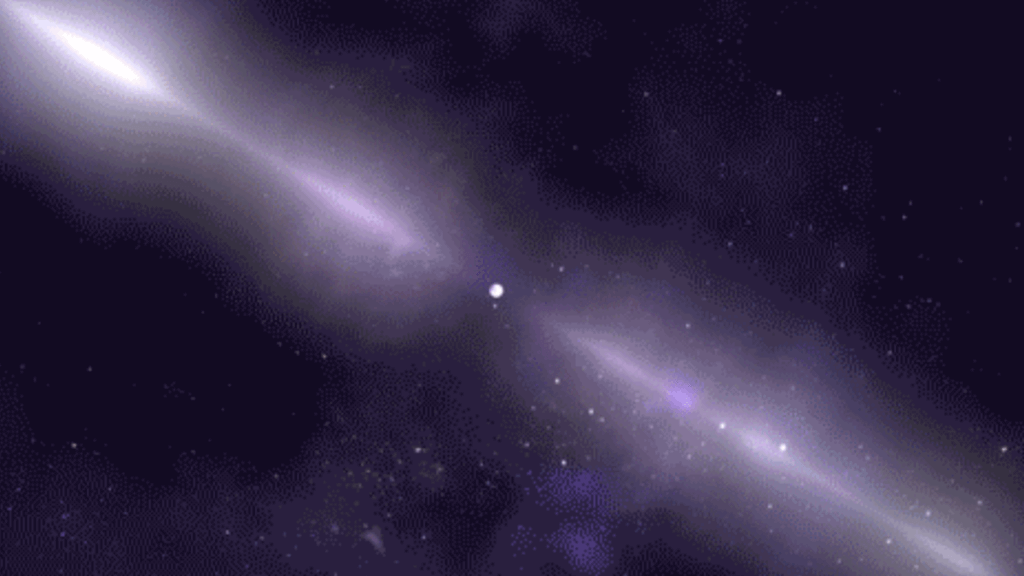Even Superman would have trouble picking up a chunk of a neutron star.
Just a sugar cube-sized piece of this extremely dense material — the remnants of a collapsed star — weighs 1 billion tons. That’s as much as a mountain, notes NASA. Now, scientists using the agency’s Fermi Gamma-ray Space Telescope have announced the discovery of nearly 300 unique neutron stars, called pulsars. These are rapidly spinning neutron stars that emit powerful beams of light from their poles.
They’re like city-sized lighthouses in space. When their beams hit Earth, we can spot them. And some pulsars spin faster than a blender, hundreds of times per second.
Finding and mapping pulsars is of great scientific interest. These objects provide insight into the evolution of stars, the history of galaxies, and may one day be used to provide GPS-like capabilities for space travel.
The NASA video below shows the many pulsars identified by the Fermi Gamma-ray Space Telescope in our Milky Way galaxy. These pulsars themselves are unique — just 10 percent of pulsars are thought to shoot gamma-rays, the most potent form of energy, into space. (Each symbol you see shows a pulsar’s location.)
“This new catalog compiles full information on all known gamma-ray pulsars in an effort to promote new avenues of exploration,” David Smith, the research director at the Bordeaux Astrophysics Laboratory who worked on the recently published catalog, said in a statement.

Credit: NASA
Want more science and tech news delivered straight to your inbox? Sign up for Mashable’s Light Speed newsletter today.
In the future, spacecraft may rely upon these rapidly spinning objects, and the two jets shooting out from their poles, to navigate space — a realm without the comforts of GPS or the likes of Google Maps.
“You can time the pulsations of pulsars distributed in many directions around a spacecraft to figure out where the vehicle is and navigate it anywhere,” Zaven Arzoumanian, a NASA scientist who researches pulsars, said in a statement. “That’s exactly how the GPS system on Earth works, with precise clocks flown on satellites in orbit.”
Topics
NASA

